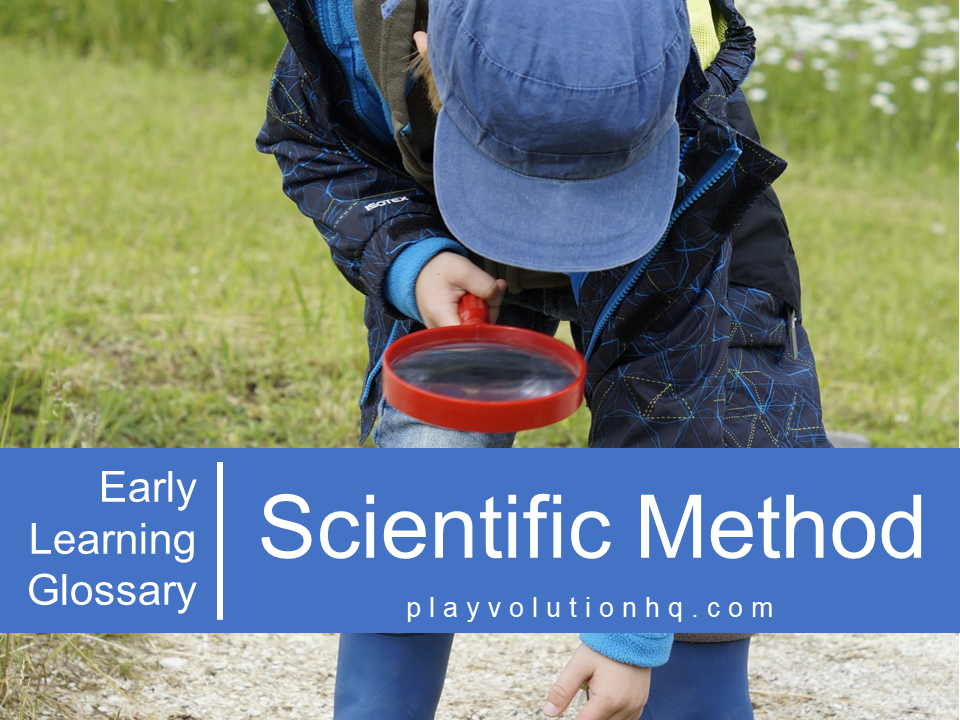
Table of Contents
The scientific method is a systematic and iterative process to investigate and understand the natural world. At its core, it involves a structured series of steps, including observation, hypothesis formation, experimentation, data collection, analysis, and conclusion. This systematic approach encourages (but does not ensure) objectivity, reliability, and reproducibility in pursuing knowledge.
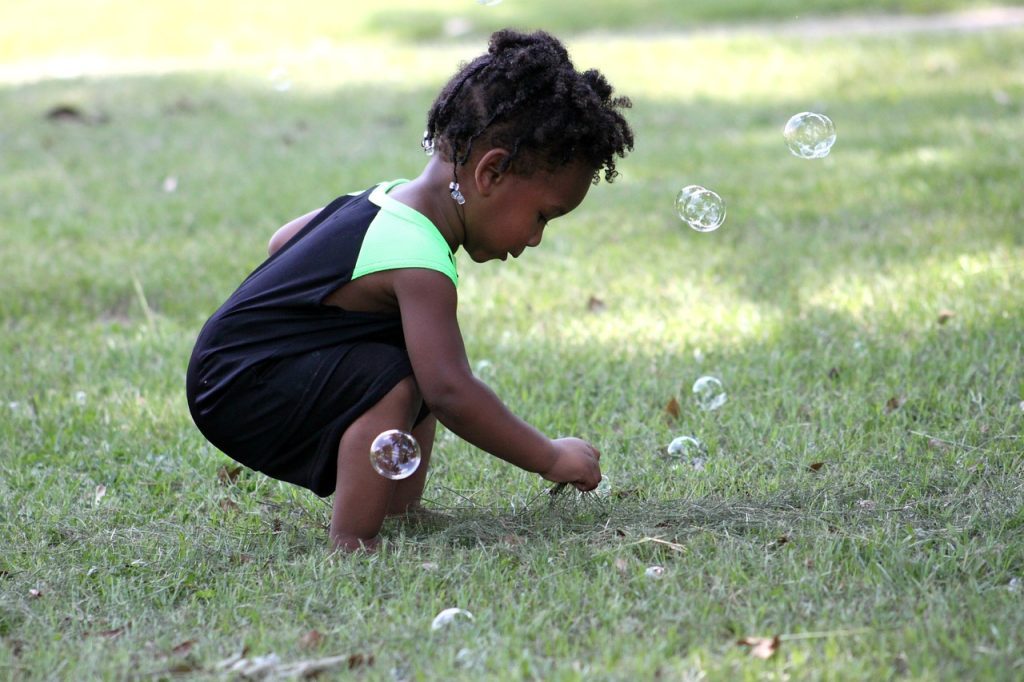
Key Steps
The scientific method’s key steps may vary slightly depending on the source but generally includes the following steps:
Observation
The process begins with making observations about the natural world. Observations can be made through direct sensory experiences or by reviewing existing information.
Question
Based on the observations, a specific question is formulated.
This question should be clear, focused, and specific since it guides the investigation
Hypothesis
A hypothesis is a testable and falsifiable explanation for the
observed phenomena. It is a statement that attempts to predict the experiment’s or investigation’s outcome.
Experiment
A well-designed experiment is conducted to test the hypothesis. Experiments involve manipulating one or more variables while keeping other factors constant to observe the effects.
Data Collection
During the experiment, data is collected and recorded. This
data can be qualitative or quantitative and is used to analyze the experiment’s outcomes.
Analysis
The collected data is analyzed to determine if there is a pattern, trend, or correlation. Statistical methods may be employed to draw conclusions from the data
Conclusion
After analysis, a conclusion is drawn about whether the hypothesis is supported or rejected. Results may prompt new questions or modifications to the original hypothesis.
Communication
Findings are shared with peers and the broader world via papers, presentations, or other means, allowing others to review, replicate, and build upon the research.
(You’ll find a free handout with these eight steps here.)
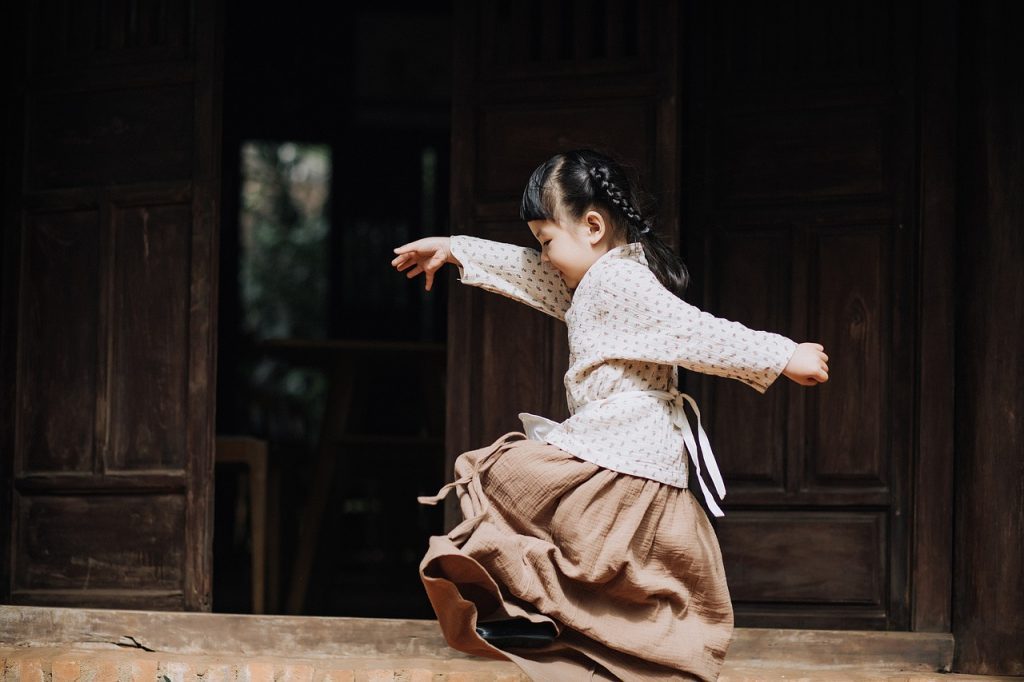
A Useful But Imperfect Process
It’s important to note that the scientific method is a dynamic, self-correcting, helpful process for seeking knowledge and understanding. If the results of an experiment do not support the hypothesis, researchers may revise their hypothesis, refine the experimental design, and conduct further investigations. Other researchers can also attempt to replicate findings. This iterative nature promotes the continuous refinement and expansion of understanding.
That said, researcher bias, poorly designed experiments, shoddy data collection, poor analysis, and other errors can taint research conducted using this method. This is why the sharing of research results and attempts to replicate research are essential. The public scrutiny shines a light on mistakes that researchers may have made.
Uses for Early Learning Professionals
So, what does the scientific method have to do with early learning? Well, it’s a valuable tool for dealing with everything from behavior problems to classroom setup. For example, caregivers can use the framework the scientific method provides for:
- Informed Decision-Making—Early learning professionals can apply the scientific method when making decisions regarding curriculum, activities, scheduling, behavior management, room arrangement, and more. The process allows caregivers to glean insights as they systematically experiment with various variables. The scientific method transforms classrooms into dynamic laboratories seeking to understand what works best with this group of children at this point in time.
- Deeper Understanding—The scientific method encourages reflective practice and can help curious caregivers better understand what they observe in their classrooms. For example, Matilda may use the scientific method to understand better why two-year-old Jovan has started biting playmates.
- Encouraging Curiosity—Modeling the scientific method fosters curiosity and a love for learning in children. They learn to ask questions, make predictions, and explore STEM topics and the world around them with a scientific mindset.
Children And The Scientific Method
Children are born wired to seek answers. They are natural explorers, experimenters, and seekers of answers. They may not systematically work through each of the eight scientific method steps outlined above. Still, they often use the method at their particular developmental level. For example, infants will push things off the edge of their highchairs to see how adults will respond, toddlers will experiment with the ramifications of using the word no, and preschoolers will experiment with different ways of using blocks to build tall towers.

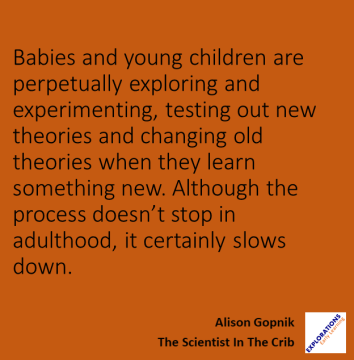
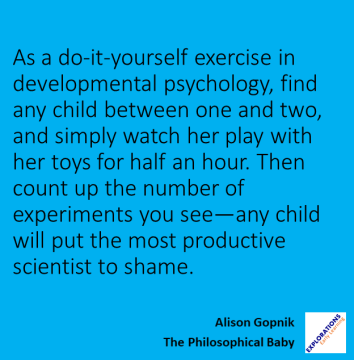
Scientific Method Wrap-Up
Integrating the scientific method into early learning practices transforms classrooms into vibrant laboratories of exploration and discovery. By employing systematic observation, hypothesis formation, experimentation, and reflection, early learning professionals elevate the quality of their professional practice. They also nurture children’s innate curiosity and lay the foundation for a lifelong love of learning.
Contribute content to Playvolution HQ
Brought to you by Explorations Early Learning
Browse Trainings

Post Author
Jeff Johnson is an early learning trainer, podcaster, and author who founded Explorations Early Learning, Playvolution HQ, and Play Haven.

Leave a Reply